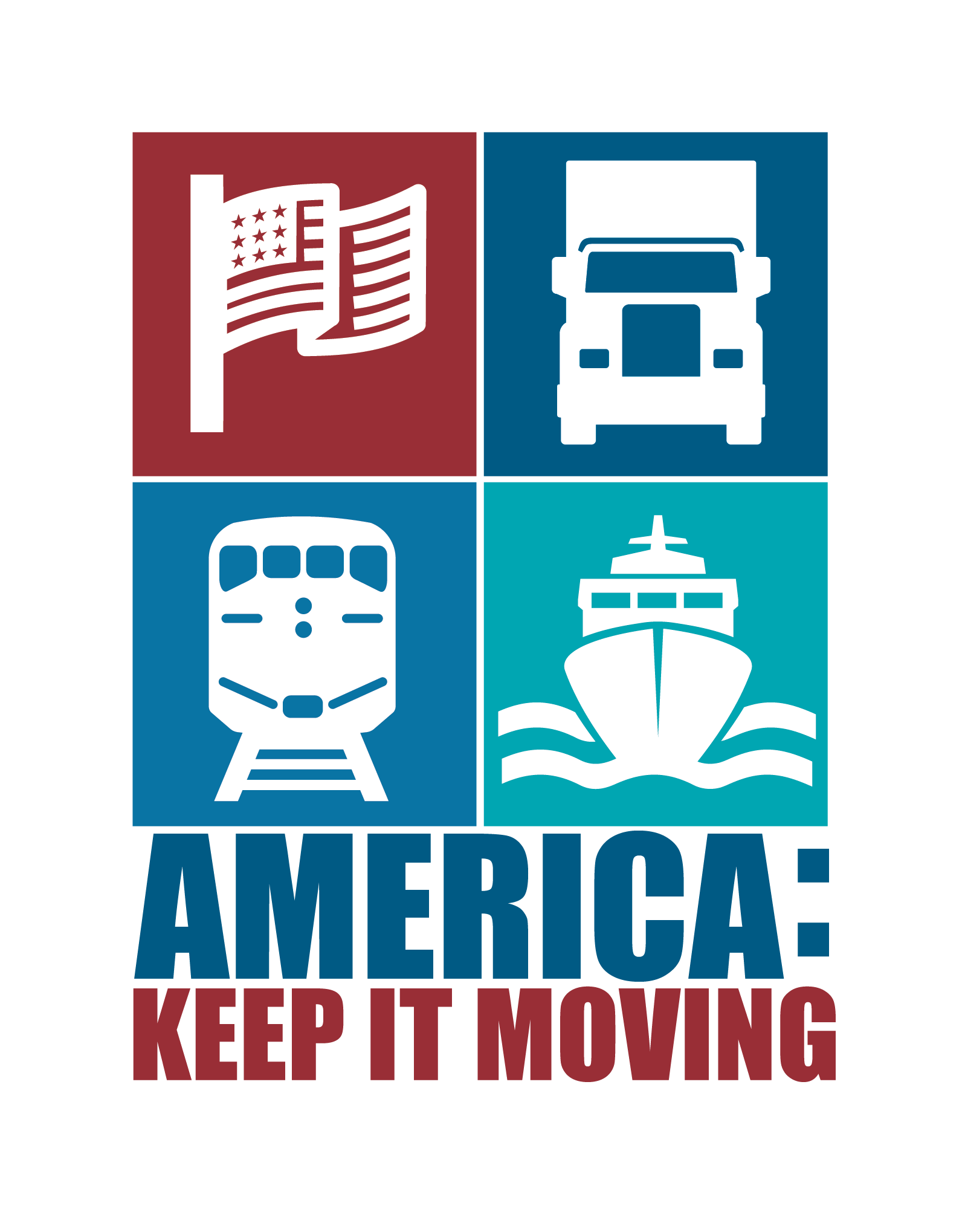News Release
FOR RELEASE - February 12, 2019
Contact: Aaron Ellis, Public Affairs Director, aellis@aapa-ports.org
703-684-5700
American Association of Port Authorities
Phone: (202) 792-4033
www.aapa-ports.org
 |
In written and oral testimony tomorrow (Feb. 13) before a hearing of the U.S. Senate Commerce, Science and Transportation Committee, the American Association of Port Authorities (AAPA) … the unified and recognized voice of America’s seaports … will say that nowhere in the country are there such stark examples of unmet infrastructure needs than in America’s ports, and in the land- and water-side transportation connections to them.
“During the past six decades, there’ve been eight evolutions of the containership, resulting in ships today having capacities of 18,000 TEUs and beyond, while our country has relied upon essentially the same infrastructure to accommodate and facilitate an astronomical growth in freight volumes,” says AAPA Chairman William D. Friedman, CEO of the Cleveland-Cuyahoga County Port Authority, who will testify to the Senate Commerce, Science and Transportation Committee. “Clearly, multimodal project funding levels and multimodal project eligibilities need to be improved.”
Mr. Friedman will note that, in 2018, AAPA issued an infrastructure report in which its U.S. member port authorities identified more than $20 billion in multimodal funding needs over the next decade. “A top priority for the port industry continues to be multimodal funding.”
To aid with finding solutions to the multimodal funding and project eligibility dilemma, among AAPA’s FAST Act reauthorization recommendations are that:
Further noting that AAPA’s 2019 freight infrastructure report, The State of Freight IV, identified nearly $4 billion in port security funding needs over the next decade, Mr. Friedman adds, “We need to invest in port infrastructure and we need to secure it.”
The Senate Commerce Committee hearing, titled America’s Infrastructure Needs: Keeping Pace with a Growing Economy, follows a similar U.S. House Transportation and Infrastructure Committee hearing on Feb. 7, titled The Cost of Doing Nothing: Why Investing in Our Nation’s Infrastructure Cannot Wait, in which AAPA is preparing written testimony that will include information on the association’s long-term funding solution for harbor maintenance.
About AAPA
Founded in 1912 and recognized as the unified voice of seaports in the Americas, AAPA today represents 140 of the leading seaport authorities in the United States, Canada, Latin America and the Caribbean and more than 250 sustaining and associate members, firms and individuals with an interest in seaports. According to IHS Markit’s World Trade Service, combined international sea trade moving through Western Hemisphere ports in 2016 totaled 3.49 billion metric tons in volume and US$3.01 trillion in value. Of that total, ports in Central and South America handled 1.71 billion metric tons of cargo valued at US$941 billion, while North American ports handled 1.79 billion metric tons of goods, valued at US$2.07 trillion. To meet the growing demand for trade, the AAPA and its members are committed to keeping seaports navigable, secure and sustainable. For more information, visit www.aapa-ports.org. On Twitter: http://twitter.com/AAPA_Seaports